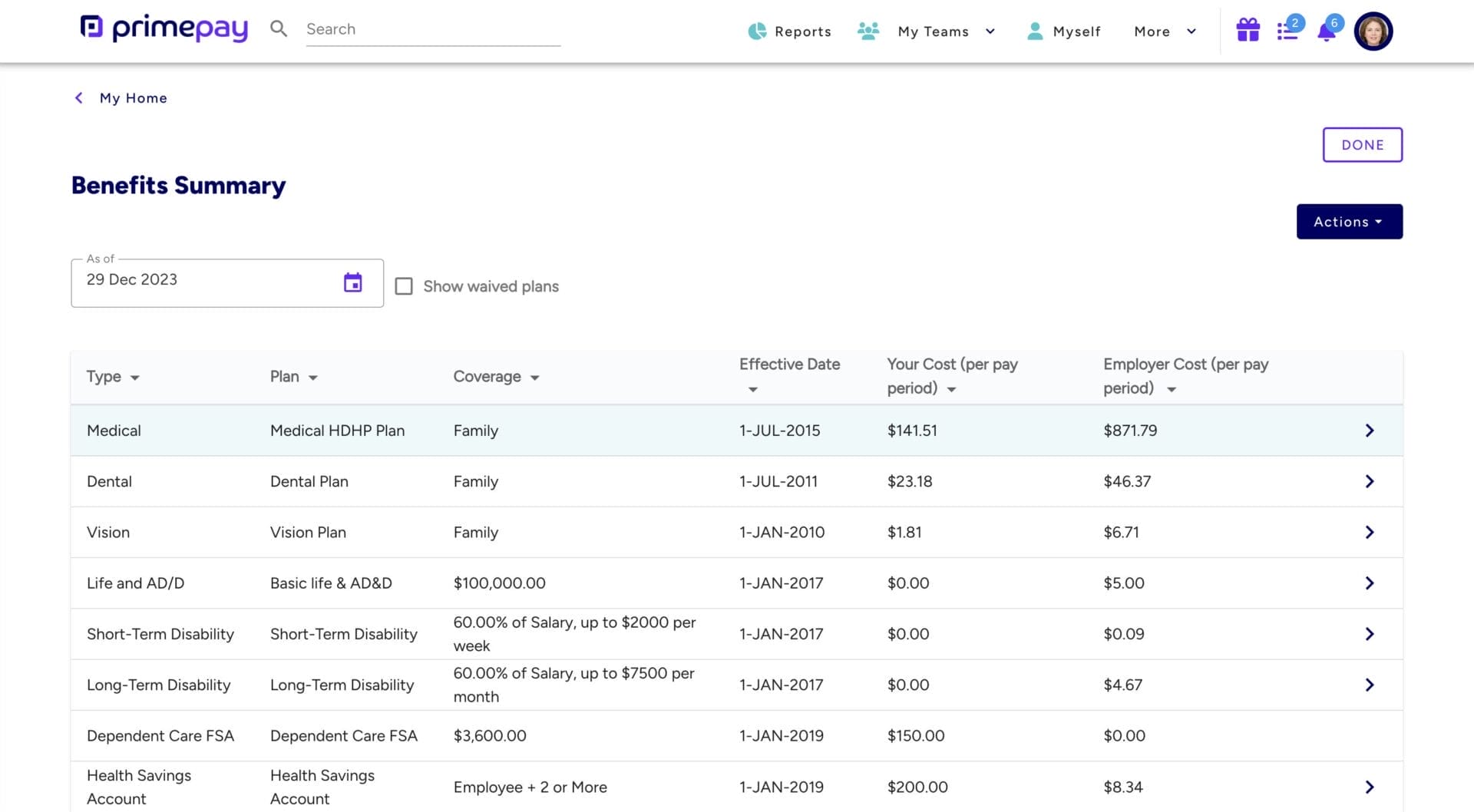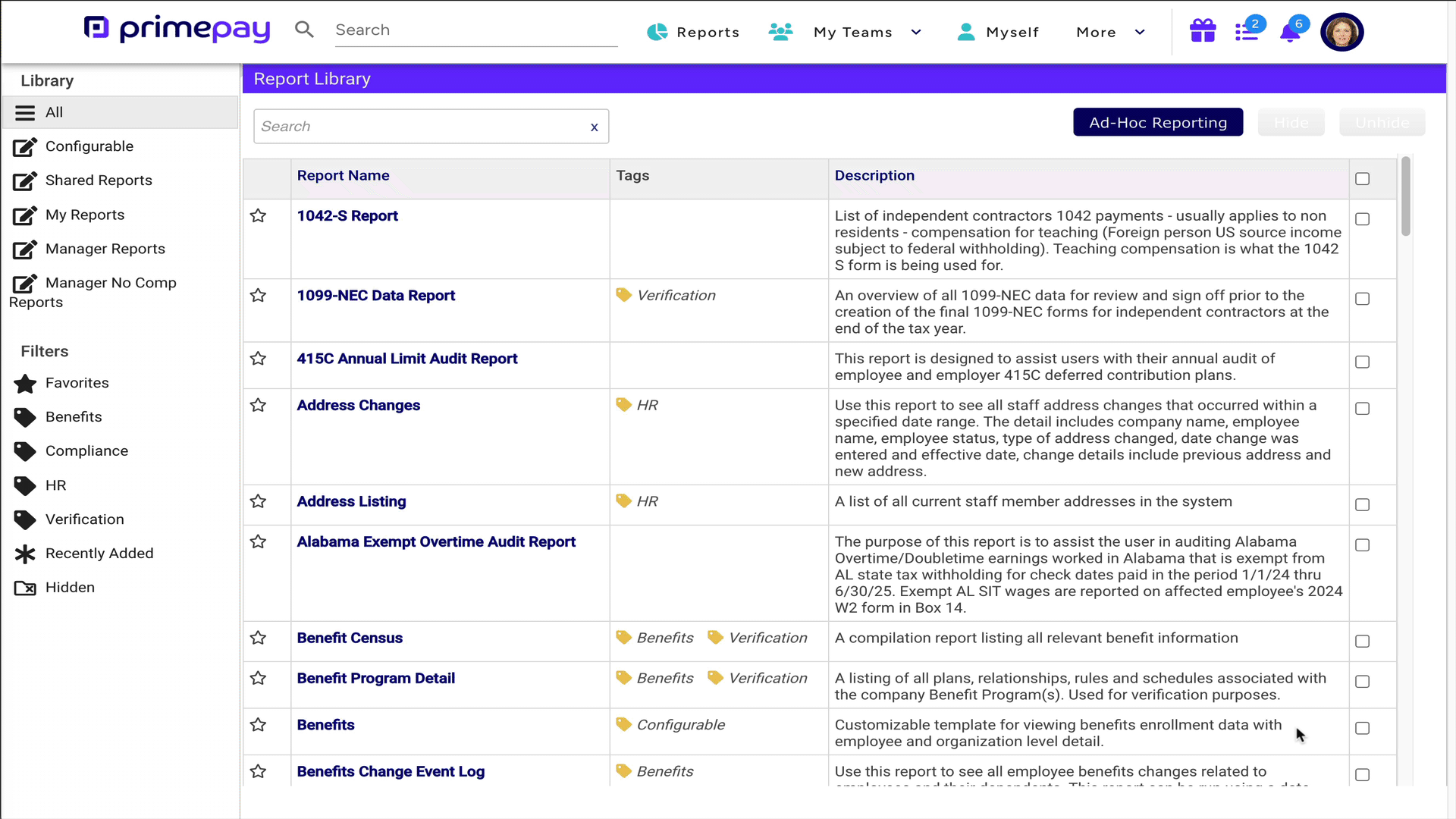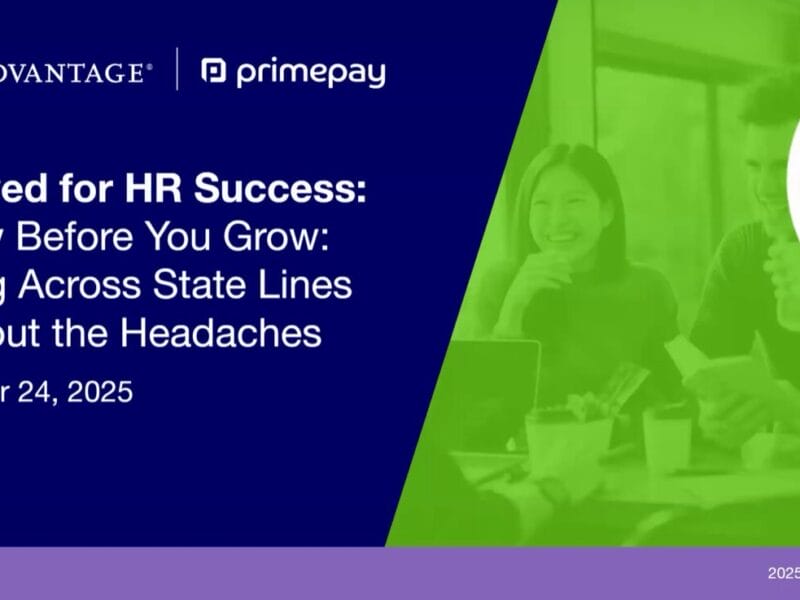There’s a growing divide in the American workplace. We know what you’re thinking, and no, it’s not remote versus in-person work (although that’s still a hot topic, too).
Instead, it’s the distinct lines between generations. On the surface, generational diversity in the workplace is great – people of different ages (and, therefore, experiences) bring various perspectives, values, and opportunities to the table.
Of course, those differences between the five (yes, five) generations also bring numerous challenges, especially when it comes to HR building a multigenerational employee experience and DEIB strategy that meets all needs.
One of those needs to consider is the company’s benefits package and how it helps support your multigenerational workforce.
The Importance of Multigenerational Benefits
Generational diversity in the workplace isn’t just about management or communication styles. It’s also about meeting employees’ needs, including the different types of benefits that support their health and wellness outside of the 9 to 5.
Specifically, Kimberly Abel-Lanier, author of 8 Ways to Motivate the Five-Generation Workforce, states that “the multigenerational workforce requires flexible leadership, policies and programs. Today’s leaders must familiarize themselves with the perspectives, needs, and influences of each generation.”
Building out multigenerational benefits packages does more than acknowledge an employee age gap. When HR leaders hone in on definitive needs and use that data to create programs and policies, they help:
- Build an inclusive culture
- Foster trust in the workplace
- Boost morale
- Increase retention rates
- Attract and retain top talent
4 Steps to Choosing the Right Benefits
As with any benefits program, you must understand employee preferences and build your offerings accordingly. The extra – and intentional – work comes with slicing and dicing your data to ensure that all generations’ needs are met in your benefits packages.
Below are four steps to ensure you select the right benefits for your organization.
1. Understand the Top Benefit Needs of Each Generation
After studying the characteristics of the five working generations, Larry and Meagan Johnson, workplace training experts and authors of Generations, Inc.: From Boomers to Linksters–Managing the Friction Between Generations at Work, identified the societal influences that impacted each generation, emphasizing how characteristics and societal influences impact each age group differently.
The Silent Generation (Traditionalists) —Born 1925-1945
Influenced by the Great Depression, Traditionalists are motivated by money but also want to be respected. This group typically prefers milestone recognitions, values flexible schedules and promotions, and considers long-term care insurance and catch-up retirement funding as essential benefits.
Baby Boomers — Born 1946-1964
Also referred to as the “Woodstock Generation” and influenced by the Vietnam War, Boomers tend to question authority, be well-educated, possess excellent teamwork skills, and thrive on adrenaline-charged assignments. Perks like prestigious job titles and recognition, such as the size of one’s office space and parking spaces, are also crucial to Boomers.
Around 10,000 Boomers turn 65 daily, making benefits such as 401(k) matching funds, sabbaticals, and catch-up retirement funding of significant importance to this group. The increasing presence of older workers underscores the value they bring and the necessity for policies supporting their continued employment. As the Baby Boomers transition into retirement, it’s essential to recognize the contributions of older generations and ensure that their legacy of skills and knowledge is passed on effectively.
Generation X — Born 1965-1976
Dubbed the “Me Generation” or “The Latchkey Generation” because many are the children of full-time working or divorced parents, Gen Xers are independent, family-focused, hardworking, and socially responsible. They value benefits such as flexible telecommuting schedules and believe promotions should be based on competence, not rank, age, or seniority.
Generation Y (Millennials) — Born 1977-1997
Generation Y, commonly referred to as Millennials, and the younger generations that follow, are heavily influenced by technology, making them a tech-savvy demographic that prefers using digital devices, the Internet, and social media for communication. This influence shapes their approach to work, emphasizing the need for flexible workplaces, time off, and continuous learning opportunities. Culture is critical to them, as is working with organizations that align with their values and beliefs. Younger workers bring unique perspectives and innovative ideas, underscoring the importance of integrating their skills and fresh insights into the workforce to foster a dynamic and collaborative environment.
Generation Z (Centennials) — Born after 1997
The Facebook generation, or “Linksters” as coined by the Johnsons, is influenced by a media-saturated world. Linksters tend to be motivated by meaningful work. According to Abel-Lanier, “They want exciting projects they can be passionate about.” This group is more motivated by social rewards, mentorship, and constant feedback than money. Members of this generation also expect workplace flexibility and diversity.
2. Collect Employee Feedback
Armed with a general idea of what benefits your multigenerational workforce may prefer, the next step is to collect specific employee feedback. Consider using:
- Open-ended questions. Ask about the type of benefits they want, where they see room for improvement in the current options, and if there is any confusion or issues with accessing benefits.
- Focus groups. Include employees of varying generations within these groups to ensure your offerings acknowledge how peoples’ needs change with different life stages.
- Ranking questions. Require employees to prioritize which benefits are most important. If you just ask employees to check off which benefits they’re interested in, it gives the benefits equal weight, which may not be the case.
Interestingly enough, you may find that, while each generation tends to prioritize different items, they also share common concerns,. One such concern is support needs; specifically, 23% of the U.S. population is or will be caring for both the young and the elderly. The distinction is the needs behind those concerns.
As a leading generational expert states, “The longer I study generations in the workplace, the more similarities I find in what people want out of work. Those fundamentals—meaning, purpose, good leaders, professional growth—don’t change. What changes is how each generation expresses these needs and what expectations we have about our employers’ fulfillment of them.”
3. Build a Benefits Menu
Because you’re most likely juggling different benefit interests and requests from your multigenerational workforce, it’s best practice to offer a wide range of benefits – beyond basic healthcare and retirement.
Jenna Bunnell of Dialpad urges companies to offer various work benefits that employees can choose from. She explains, “These can cover health and wellbeing, career development, financial incentives, social offerings, volunteering opportunities, and more. Offering a pick-and-mix style package affords your team flexibility and will make them feel valued and supported, no matter their generation.”
Offering various benefits is also a way to flex those creative muscles. For example:
- Impala offers their employees a package that includes five categories of benefits (such as gym memberships, insurance, and learning and development), as well as a monthly allowance.
- Over at Spotify, new parents get six months of paid leave, which can be used over the first three years of the child’s life.
- Gymshark has a “Perk of the Week” and also offers employees financial education, including workshops and 1:1s.

Benefits administration doesn’t have to be frustrating and complex. With the right software, employees can self-select the benefits they want and build their own plan.
4. Evaluate and Adapt
Organizations can evaluate and adapt their benefit offerings to improve in the following year through a comprehensive and strategic approach. Although your benefit program should align with the organization’s long-term goals and budget, remember – benefits should be people-first decisions.
When it’s time to evaluate your program, make sure you:
- Analyze utilization data. Review the utilization rates of the current benefits offered. As a reminder, low utilization of certain benefits might indicate that they are not valued or not well communicated. High utilization, on the other hand, shows what employees value the most.
- Send reminders throughout the year. You may notice certain benefit usage drop-offs throughout the year. Send helpful messages reminding employees of the services and benefits at their disposal and note any shift in utilization for accurate data collection.
- Benchmark against industry standards. Compare your benefits package with those of similar organizations in your industry. This will help you identify where you may be lagging and areas where you could differentiate your offerings to attract and retain talent.

With the right HR reporting tools, you can make informed, data-driven decisions about your employee lifecycle and the benefits you offer.
Create an Inclusive Experience for Your Multigenerational Workforce
Because the needs of your multigenerational workplace can evolve, staying responsive to your data and any changes is crucial. By following the above steps, you can not only improve your company’s benefits offerings in the coming year but also ensure that these offerings continue to align with employees’ needs and expectations. The result? Building a workplace culture that’s inclusive, responsive, and a model for others.








